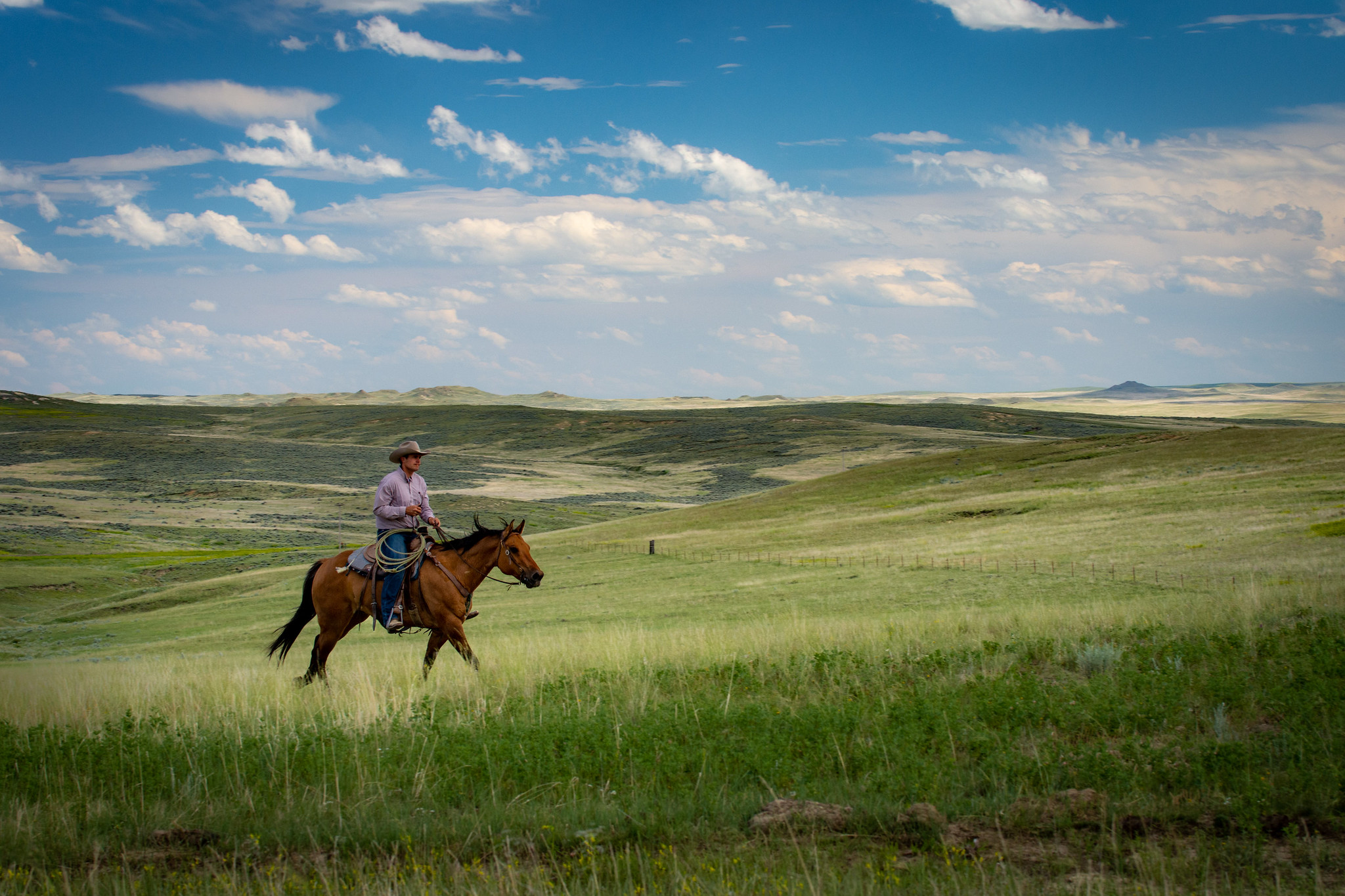Grazing Lands
 The impacts of climate change on grazing lands and the livestock operations that depend on them will vary by region, type of grazing land, vegetation community, and the type of livestock. These impacts are superimposed upon other factors such as land ownership, historical and current management, demographic changes and access to USDA programs.
The impacts of climate change on grazing lands and the livestock operations that depend on them will vary by region, type of grazing land, vegetation community, and the type of livestock. These impacts are superimposed upon other factors such as land ownership, historical and current management, demographic changes and access to USDA programs.
Rangelands cover an area of 405.8 million acres or 21% of the U.S. surface area. In the Western states, rangelands are predominantly Federally-owned lands, whereas over the Great Plains, rangelands are privately-owned. Pasturelands are also privately owned and cover 121.1 million acres (6% of the U.S. surface area); pasturelands are more common in the wetter half of the US, to the east of the 97th meridian. Rangelands and pasturelands are both used for grazing but the difference between the two is that rangelands support natural (and usually native) ecosystems while pasturelands are highly managed, cultivated systems.
Continue to the full text Grazing Lands in a Changing Climate or browse related content:
-
Northeast Climate Hub Webinar Series
This webinar series builds on capacity within USDA to deliver science-based knowledge and practical information to…
-
Responding to Ecological Drought in the Intermountain Region
In March 2017, the Forest Service Intermountain Region held a drought adaptation workshop to share state-of-science…
-
ADAPTA | Climate Adaptation Project
ADAPTA Climate Change Adaptation Project from the Caribbean Climate Hub
-
Drought Effects on Forests and Rangelands in the US Caribbean
Water quality and scarcity are of great concern across the U.S. Caribbean. In recent years Puerto Rico and the U.S.…
-
Specialty Animals
The challenges facing specialty livestock are similar to what is experienced by larger livestock (swine, cattle): the…
-
Adaptive Management: Matching Forage Demand with Forage Production
Researchers in the Northern Plains have been studying different ways of managing rangelands during drought -- including…
-
Dickinson College Farm's Silvopasture
Farmers in the Northeast are exploring options to adapt to the changing climate. Higher average temperatures and more…









